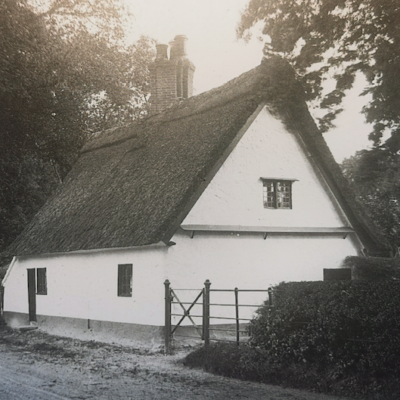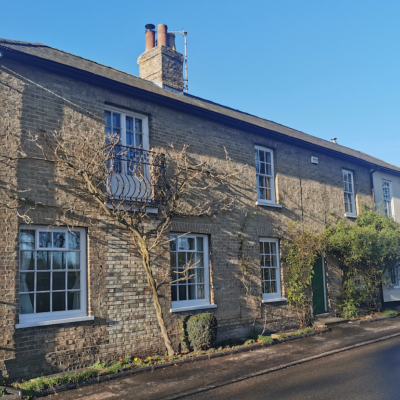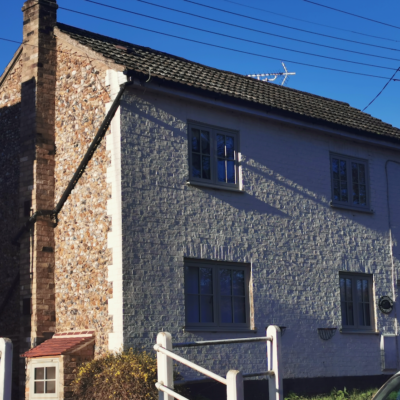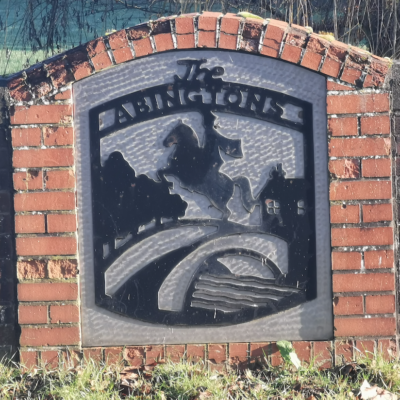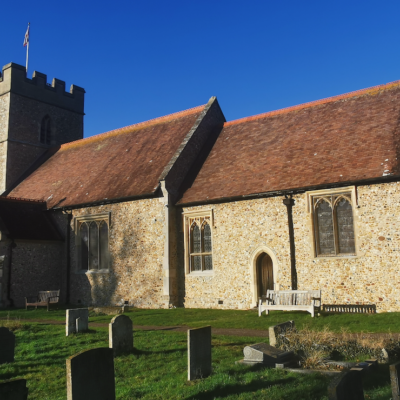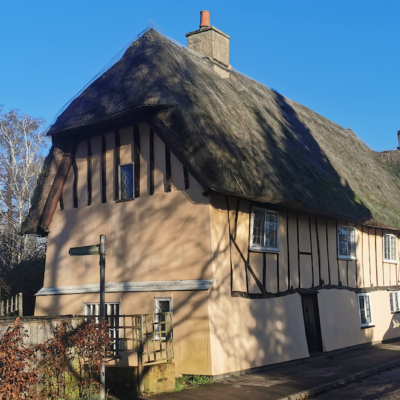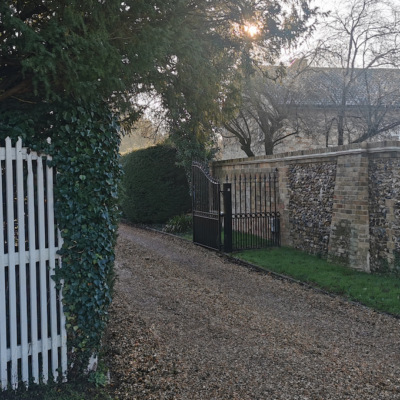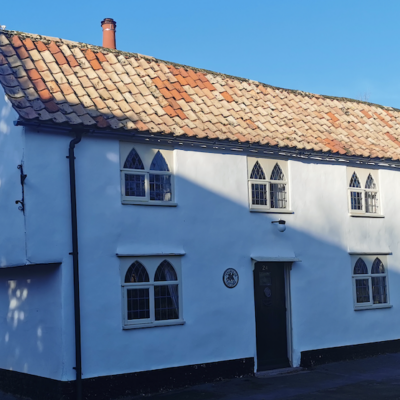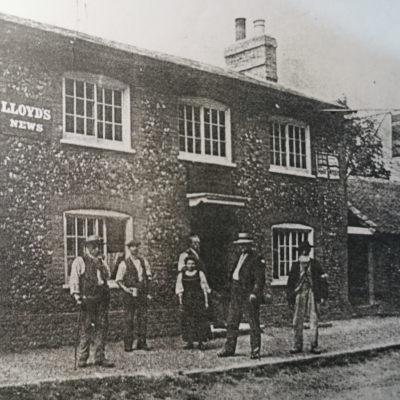Search by topic
- archaeology
- architecture
- bricklayer
- Building of Local Interest
- carpenter
- church
- crime
- dressmaker
- fire
- Great Eastern Railway
- listed building
- medieval
- oral history
- Public House
- Rattee & Kett
- Religious House
- Roman
- scholar
- school
- Then and Now
- tudor
- women
- work
- world war one
- world war two
Search by text
7 High Street, Old House, Little Abington
History of the Old House
Listed Building:
House. C16, altered in late C18 with C19 additions to rear. Timber-framed and roughcast rendered. Hipped plain tiled roof with gablets.
……..
An inscribed stone slab in the grounds is situated near the site where the remains of the Lagden family were reinterred on 25 June 1948 after a bomb had destroyed their original graves near the river.
In Cambridgeshire Customs and Folklore p202f, Enid Porter writes about Jeremiah the Highwayman. He lived in the 18th century, son of Emma Lagden, formerly servant to the bromley family of Horseheath and then proprietress of the White Hart Inn at Bourn Bridge.
Jeremiah was a post boy at the White Hart, possibly in Horseheath, and is said to have enriched himself with stolen money. He then robbed coaches on the Newmarket to London Road.
Later he lived at the Old House where there were reputed to be hiding chambers in the chimney and under the living room. By tradition he was eventually caught on the Newmarket Road and hanged in a field opposite his house.
It was reported in the CEN 1.12.1983 that several rolls of silk were found when the inn was demolished.
The original grave site of the Lagden family was near the river. It was destroyed by a WWII bomb and the remains reburied in Little Abington in on June 25th 1948.
Contribute
Do you have any information about the people or places in this article? If so, then please let us know using the Contact page or by emailing capturingcambridge@
License
This work is licensed under CC BY-NC-SA 4.0









